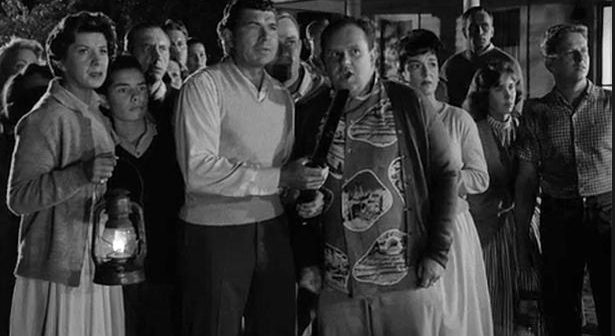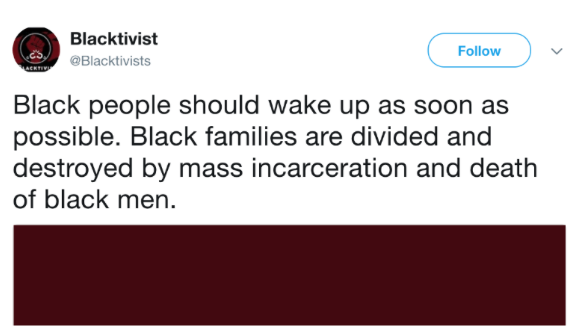You may have seen in the news the recently released United States Senate Select Committee on Intelligence report on Russian trolls and their attempts to influence Americans through social media. Also produced at the same time was the Computational Propaganda Report from the University of Oxford. Both reports were adamant that outside Russian influence was used to foment discord and polarization involving law enforcement agencies in the United States.
The question that no one can answer is, how much of the angst directed at American law enforcement over the last few years was organic and how much was intentionally orchestrated by outside influence?
According to the Oxford report, under the guise of the Internet Research Agency (IRA) the Russian effort “demonstrates a sustained effort to manipulate the U.S. public and undermine democracy. With years of experience manipulating public opinion in Russia, the IRA used major social media platforms including Facebook, Instagram, and Twitter to target U.S. voters and polarize U.S. social media users.”
It wasn’t only minority groups, such as Black Lives Matters, that were the target of influence. A great deal of time, effort, and money was spent fostering an emotional response from pro-police groups using social media sites such as “Back the Badge.”

“Back the Badge” was created in October 2016 by Russian agents. It generated 1.3 million ad impressions.
I recall Back the Badge showing up in my social media feed and following the site for a short time. At one point, the web site posted a blatantly false narrative of a police shooting in support of the police. I wrote a comment criticizing the page for not sticking to the facts in what was obviously a lie. While I didn’t get a response from the site, I did get numerous comments from followers of the site, some not so nice, attacking me. The page achieved its purpose of fanning an emotional response from pro-police supporters, thus adding to the “us-vs.-them” mentality.
The group also targeted African-American communities in order to stir the pot and take advantage of community angst during emotionally charged police use-of-force incidents. One such group, identified as Blacktivist, was entirely paid for and maintained by the Russian IRA.
How big was the influence? According to the New Knowledge report, “they reached 126 million people on Facebook, at least 20 million users on Instagram, 1.4 million users on Twitter, and uploaded over 1,000 videos to YouTube.”
That’s a lot of people — people who are clicking, sharing, downloading, and reacting to what shows up in their feed.
“It was designed to exploit societal fractures, blur the lines between reality and fiction, erode our trust in media entities and the information environment in government, in each other, and in democracy itself. This campaign pursued all of those objectives with innovative skill, scope, and precision,” was one of the conclusions in the New Knowledge report.
Were the strong emotional reactions from minority communities and the disgruntlement of police advocates a result of a sophisticated plot to push our discourse down an unproductive path of yelling at each other?
Small pushes can make a difference, and being networked does make a difference. There is another study out of USC that coined the term “majority illusion.” It refers to how highly networked people can create the illusion of majority opinion and influence simply because the people are highly connected.
A relatively new field of research called agnotology speaks to the cultural ignorance associated with media misrepresentation and our collective gullibility. Just because someone tells us something we want to believe doesn’t mean it’s true.
I am a realist and accept the fact there are deep issues in our communities that need to be addressed. Law enforcement agencies have to be proactive at connecting with disenfranchised communities and regaining public trust.
This isn’t new.
If you’re a fan of “The Twilight Zone,” like I am, you may remember an episode called “The Monsters are Due on Maple Street.” In that story, aliens manipulate the environment and create a state of fear and suspicion in a typical American neighborhood. The neighbors turn on each other, and by the end of the night, there is anarchy in what was once an idyllic community. Neighbors even start to murder each other based solely on suspicion.
Rod Sterling was prophetic in his closing narration: “The tools of conquest do not necessarily come with bombs and explosions and fallout. There are weapons that are simply thoughts, attitudes, prejudices – to be found only in the minds of men. For the record, prejudices can kill – and suspicion can destroy – and a thoughtless, frightened search for a scapegoat has a fallout all of its own – for the children – and the children yet unborn. And the pity of it is – that these things cannot be confined – to the Twilight Zone.”
We’ve long feared the external enemy invading our borders or threatening our way of life, but in reality, if we allow ourselves to be manipulated, the greatest enemy we face is our ourselves.
Joe is a retired police captain. You can reach him at jvargas@behindthebadgeoc.com
 Behind the Badge
Behind the Badge




